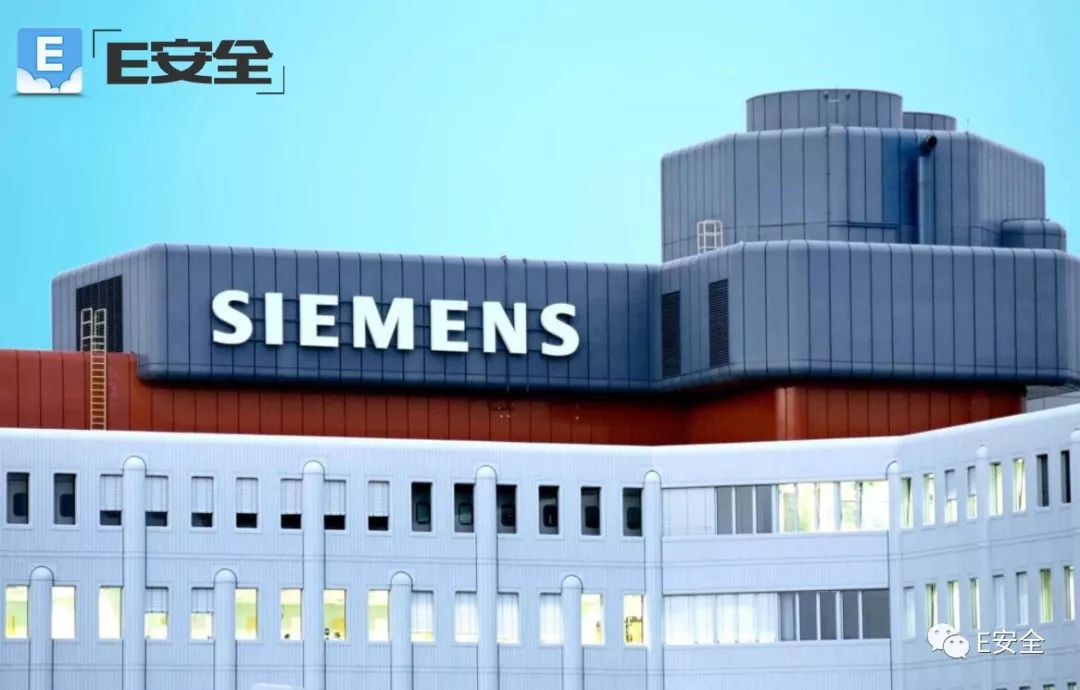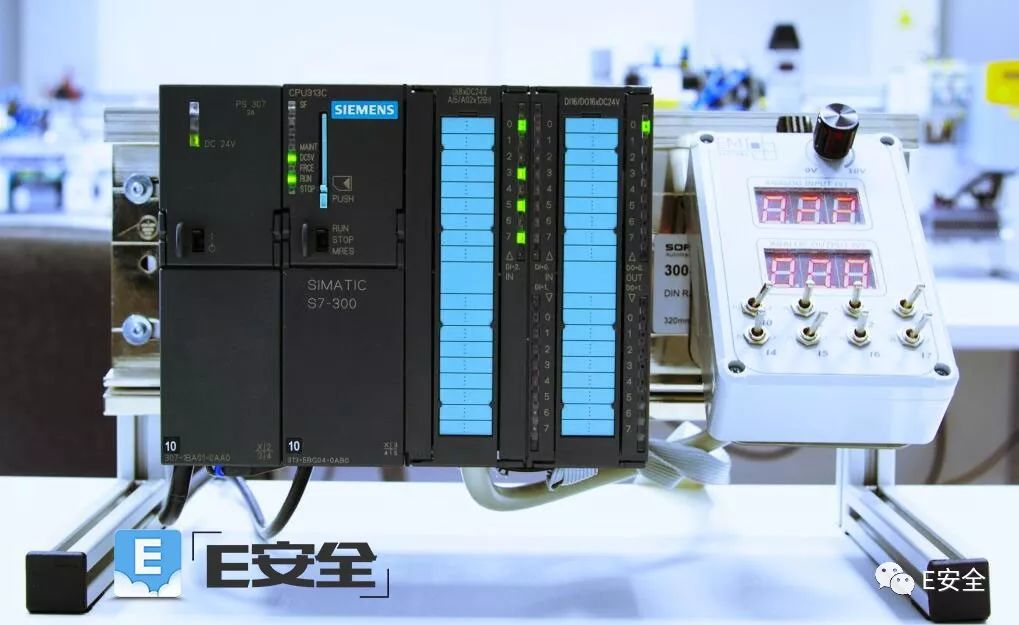May 17th, Siemens released a security announcement on May 15, 2018, informing customers that some of its SIMATIC S7-400 CPUs were affected by a severe denial of service (DoS) vulnerability. The vulnerability is numbered CVE-2018-4850, CVSS (V3. 0) Score 7.5 points.

SIMATIC S7-400
The SIMATIC S7-400 is a programmable logic controller (PLC) from Siemens that is specifically designed for process control in industrial environments. The product is widely used in automotive, mechanical equipment manufacturing, architectural design, steel, power generation distribution, chemical, warehousing, food and pharmaceutical industries. Siemens PLC products also have a wide range of applications in China.
Vulnerability principle
The reason for the vulnerability is that the affected CPU does not properly verify the S7 communication packet, allowing the remote attacker to trigger the DoS condition, causing the system to enter and maintain the DEFECT mode, and must be manually restarted to recover.
The prerequisite for an attacker to successfully exploit this vulnerability is to be able to send special S7 malicious communication packets to the CPU's communication interfaces, including Ethernet, PROFIBUS, and Multipoint Interface (MPI). It is worth noting that an attacker could exploit this vulnerability without requiring user interaction or privilege.
Siemens pointed out that the vulnerability could cause a denial of service status for the core functions of the CPU and affect the availability of the system. As of the release of the security announcement, Siemens stated that it did not find publicly known use cases.

Sphere of influence
The affected products and versions are:
SIMATIC S7-400 (incl. F) CPU hardware version 4.0 and below;
SIMATIC S7-400 (incl. F) CPU hardware version 5.0: All firmware versions below all 5.2 versions;
? SIMATIC S7-400H CPU Hardware Version 4.5 and below.
It is recommended that affected users be updated to hardware versions 5.0, 5.2, and 6.0, respectively. Siemens stated that the hardware version of the affected SIMATIC S7-400 CPU has been discontinued or has been eliminated. Siemens recommends that customers upgrade to the new version or adopt the countermeasures they provide.
Given that DoS vulnerabilities pose a serious risk to the industrial environment, it is recommended that organizations update as soon as possible.
About the domestic programmable logic controller (PLC) market
PLC is essentially an industrial computer. Its hardware structure is basically the same as that of a microcomputer. It consists of a power supply, a CPU, a memory, an I/O, a function module, and a communication module. The programmable controller can be divided into small, medium and large PLCs according to the number of I/O points.
Siemens, Mitsubishi and Omron have a relatively large PLC market in China, with Siemens accounting for the highest percentage, which is approximately 40%.
Rockwell has about 10% of the overall PLC market with its large-scale PLC technology;
Schneider, as a veteran PLC supplier, has a market share of approximately 9%;
The top three domestic market share of large-scale PLC is Rockwell, Schneider, and Siemens. The top three market share of medium-sized PLC is Siemens, Mitsubishi, and Omron.
According to market demand, Chinese domestic manufacturers mainly attack small and medium-sized PLCs. Domestic small PLCs are mainly used in the OEM market.
In 2016, the scale of China's PLC market reached 7.3 billion yuan. It is expected that the scale of China's PLC market in 2020 is expected to be close to 10 billion yuan.
It can be seen that there are many application scenarios of Siemens PLC products in China. It is recommended that users pay attention to the related loopholes and repair or take other measures in time.
The optical module (optical module) is composed of optoelectronic devices, functional circuits and optical interfaces. The optoelectronic device includes two parts: transmitting and receiving.
Simply put, the function of the optical module is to convert the electrical signal into an optical signal at the transmitting end, and after transmitting through the optical fiber, the receiving end converts the optical signal into an electrical signal.
The optical module is an optoelectronic device that performs photoelectric and electro-optical conversion. The transmitting end of the optical module converts electrical signals into optical signals, and the receiving end converts optical signals into electrical signals. Optical modules are classified according to the packaging form. Common ones include SFP, SFP+, SFF, Gigabit Ethernet Interface Converter (GBIC), etc.
The transmitting part is: the electrical signal with a certain code rate is processed by the internal drive chip and then drives the semiconductor laser (LD) or light-emitting diode (LED) to emit the modulated light signal of the corresponding rate. The internal optical power automatic control circuit makes The output optical signal power remains stable.
The receiving part is: the optical signal of a certain code rate is input into the module and then converted into an electric signal by the light detection diode, and the electric signal of the corresponding code rate is output after the preamplifier.
Sfp Module,Scodeno Sfp Transceiver,Scodeno Optical Transceiver,Gpon Optical Sfp Module
Shenzhen Scodeno Technology Co.,Ltd , https://www.scodenonet.com
